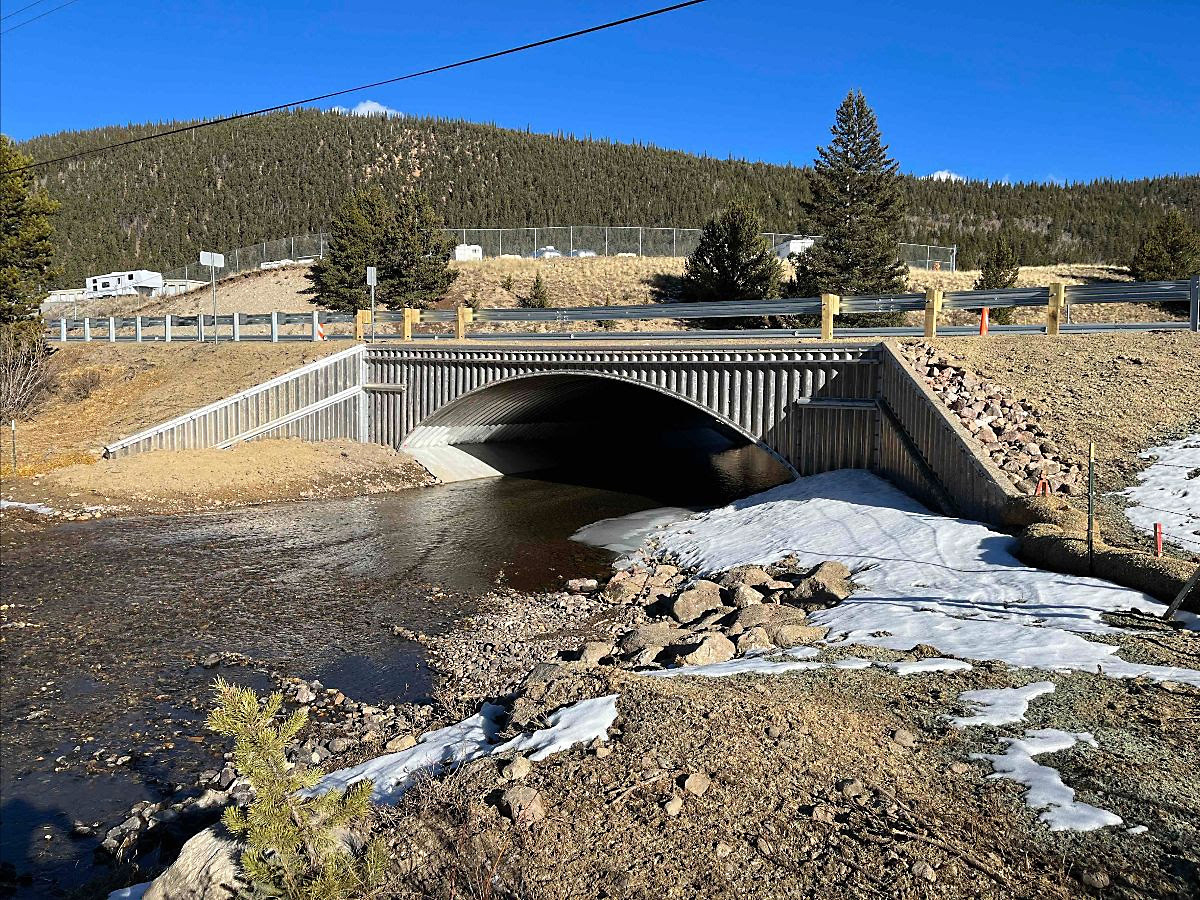
States Innovate!
Washington State Pilots UAS for Graffiti Removal
The Washington State Department of Transportation (WSDOT) is testing an innovative new use for unmanned aerial systems (UAS) as platforms for graffiti removal. Removing graffiti in hard-to-reach locations such as bridges, overpasses, and tall retaining walls can expose maintenance crews to high-fall hazards and high-speed traffic. To test whether UAS could reduce risks to employees while performing this type of work, WSDOT developed a prototype UAS equipped with a spray nozzle linked to a supply of paint on the ground. In a blog post on the pilot program, WSDOT noted that the areas being treated are in closed work zones or managed with rolling slowdown closures while the UAS are in use. The initial field testing results, published in WSDOT’s December 2024 Graffiti Proviso report, show that UAS technology is providing a more resource-efficient way to cover graffiti while reducing safety risks to maintenance crews. Watch a WSDOT video to see the graffiti-removing UAS in action.
Watch this Washington State DOT video to learn about the agency’s graffiti-battling UAS pilot program and read the agency’s 2024 Graffiti Proviso report to see the results.
Credit: Washington State Department of TransportationSouth Carolina Expands Public Engagement with Virtual Tools
The South Carolina Department of Transportation (SCDOT) enhanced and broadened the reach of its public engagement efforts for the Interstate 526 (I-526) Lowcountry Corridor West project by implementing several virtual public involvement (VPI) strategies. I-526 West is part of a larger family of SCDOT projects aimed at alleviating congestion in the Charleston region. The project includes widening a portion of I-526 from two to four lanes in each direction along with improving many of the ramps. To offer a variety of opportunities for community members to provide input, SCDOT held hybrid public hearings with both in-person and virtual participation options. In addition to a traditional project website that allows the community to view public hearing materials, SCDOT developed a 360-degree virtual reality public hearing room. Using VPI helped SCDOT present project information to a much larger audience compared to traditional outreach methods. SCDOT reported that at the end of the comment period, the project website logged over 8,000 visitors and the virtual hearing room recorded nearly 1,000 clicks. The agency noted that traditional hearing materials presented in person typically only reached hundreds of people.
Missouri Spotlights Crowdsourcing Success
The Missouri Department of Transportation (MoDOT) uses a crowdsourcing tool called Pothole Customer Proactive Reporting (CPR) to acquire reliable and accurate location data on potholes, enabling maintenance crews to locate and fix them quickly. The Pothole CPR tool is currently being highlighted as part of the agency’s Transportation Systems Management and Operations (TSMO) Success Stories video series. Pothole CPR obtains crowdsourced data through the Waze® app, which allows users to report pothole locations. When a pothole is reported, Waze records and stores its GPS location. Waze provides this data daily to Kansas City Scout, the bi-State traffic management system used by the Missouri and Kansas DOTs, allowing them to locate and fix potholes quickly and efficiently. Pothole CPR has also been highlighted by FHWA in an Adventures in Crowdsourcing webinar.
Watch a Missouri DOT video to learn about the Pothole Customer Proactive Reporting system, which uses crowdsourcing to obtain accurate pothole locations.
Credit: Missouri Department of TransportationColorado Cuts Construction Time with Innovative Project Delivery Methods
The Colorado Department of Transportation (CDOT) completed its Region 2 Bridge Bundle project about 5 months ahead of schedule and $2 million under budget with the help of innovative project delivery methods. CDOT used project bundling and design-build to replace 17 structurally deficient structures in rural southeastern and south-central Colorado. The structures are located on three separate essential corridors that support commerce and access to tourist destinations. In an agency news release, CDOT reported that by using the design-build delivery method, crews were able to begin construction on the first structures while the other structures in the bundle were being designed. The agency said this proved to be the most successful and efficient method of construction for the project, cutting months of construction time from the schedule.

Colorado’s Region 2 Bridge Bundle project replaced 17 aging structures on key rural highway corridors.
Credit: Colorado Department of TransportationDisclaimer: The U.S. Government does not endorse products or manufacturers. Trademarks or manufacturers’ names appear in this document only because they are considered essential to the objective of the document. They are included for informational purposes only and are not intended to reflect a preference, approval, or endorsement of any one product or entity.
Except for the statutes and regulations cited, the contents of this document do not have the force and effect of law and are not meant to bind the States or the public in any way. This document is intended only to provide information regarding existing requirements under the law or agency policies.
Recommended Citation: U.S. Department of Transportation, Federal Highway Administration - Washington, DC (2025) Innovator Newsletter, March/April 2025, Volume 18 (103). https://doi.org/10.21949/xj4k-9v21
- Cover
- From Simulation to Reality: Puerto Rico’s First Diverging Diamond Interchange
- Concrete Innovation: ODOT’s Strategic Approach to Internal Curing
- EDC Legacy: Collaborating to Solve Road Data Challenges
- Systemic Safety Analysis: The Power of Prevention
- States Innovate
- Enhance Concrete Performance with Internal Curing
- About Innovator



